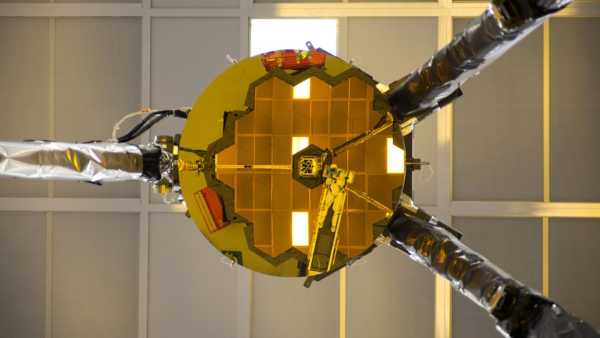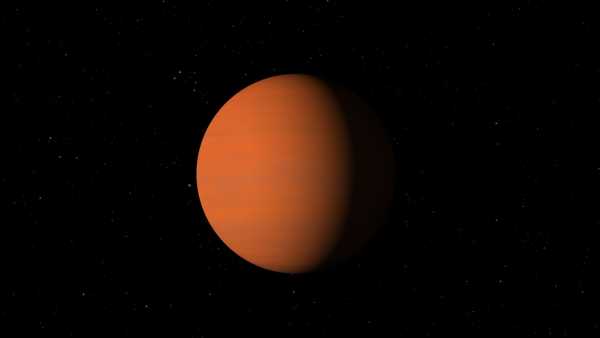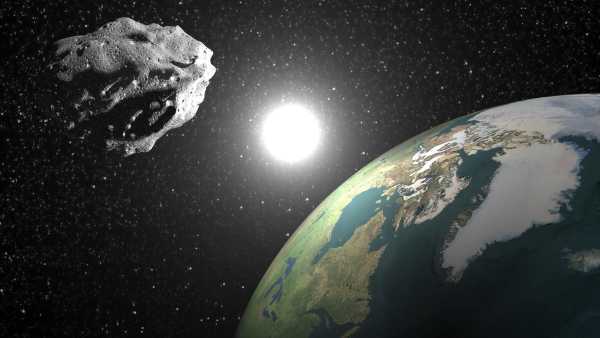
An image of an asteroid orbiting the Sun close to Earth, looking very much like a potential new quasi-moon. (Image credit: Zoonar GmbH/Alamy Stock Photo)
A new paper describes another possible “quasi-moon” of Earth, as well as an asteroid that could follow our planet for decades without being noticed.
The Planetary Society says that quasi-moons are “like gravitational tricks.” They are asteroids that — from our perspective on Earth — appear to orbit our planet like our permanent moon. However, they actually orbit the Sun, only temporarily moving around the solar system with our planet.
If the newly discovered asteroid, dubbed 2025 PN7, is confirmed, it would not be the only object behaving like Earth's moon; seven other quasi-satellites are known to orbit Earth like Earth, and they are “full of surprises,” said study co-author Carlos de la Fuente Marcos of the Complutense University of Madrid.
You may like
-
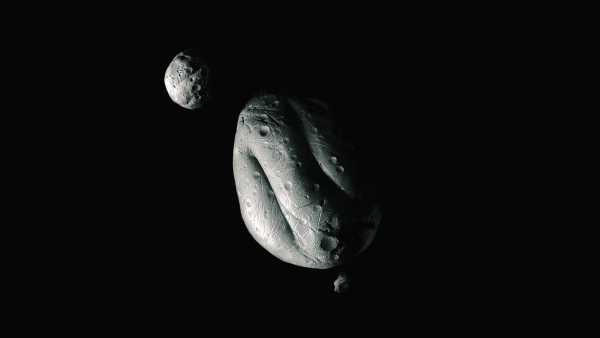
Earth could have at least six 'mini-moons' at any given time. Where do they come from?
-

Uranus Has a New Hidden Moon Discovered by the James Webb Space Telescope
-

A newly discovered bus-sized asteroid will fly past Earth today and will not return for exactly 100 years.
Of these quasi-satellites, 2025 PN7 is “the smallest and least stable known quasi-satellite of Earth,” de la Fuente Marcos told Live Science in an email.
The newly discovered asteroid is only 62 feet (19 meters) wide — slightly smaller than the meteor that exploded over Chelyabinsk, Russia, in 2013. The asteroid is officially classified as having a brightness of 26th magnitude, meaning it is only visible in good telescopes. (The lower the magnitude, the brighter the object. For comparison, most stars visible to the naked eye are magnitude 6 or lower, and the bright star Sirius has a magnitude of about -1.5.)
The potential quasi-moon discovery was published Sept. 2 in the American Astronomical Society (AAS) journal Research Notes. The non-peer-reviewed journal aims to give authors the ability to “quickly” share interesting material with the astronomical community, with papers “editor-reviewed for appropriateness and formatting before publication” rather than peer review. This approach allowed study authors Carlos de la Fuente Marcos and Raúl de la Fuente Marcos, also of the Complutense University of Madrid, to publish their results quickly.
The official circular of the International Astronomical Union dated August 29, dedicated to the object 2025 PN7, provides data on the object dating only to July 30, obtained during observations by the Pan-STARRS1 telescope at the Haleakala Observatory on the island of Maui, Hawaii.
The designation “quasi-moon” for 2025 PN7 was first proposed by French journalist and amateur astronomer Adrien Coffinet, who posted on the Minor Planet Mailing List on August 30 that his calculations appeared to support the claim.
“2025 PN7 looks set to become a quasi-satellite of Earth for the next 60 years,” Coffin wrote. Another member of the group noted that the object's orbit suggests it has been around for about seven decades.
RELATED STORIES
— Earth has additional moons, and they may hold secrets about our solar system's past.
— A new “quasi-moon” discovered near Earth has been moving near our planet since 100 BC.
— A new contest lets you name Earth's first “quasi-moon” for free. Here's how to enter.
So why haven't astronomers noticed 2025 PN7 before? “It's small, it's dim, and its windows of visibility from Earth are pretty poor, so it's not surprising that it's gone unnoticed for so long,” de la Fuente Marcos said.
There may be other quasi-moons out there, too. The Vera K. Rubin Observatory, which recently launched and is capable of tracking such objects, “may find many more like 2025 PN7,” de la Fuente Marcos added.

Elizabeth Howell, Live Science contributor
Elizabeth Howell served as a staff writer for Space.com from 2022 to 2024 and was a regular contributor to Live Science and Space.com from 2012 to 2022. Elizabeth’s reporting includes numerous exclusive interviews with the White House, multiple appearances on the International Space Station, observation of five human spaceflight launches on two continents, parabolic flights, working in a spacesuit, and participating in a simulated Mars mission. Her latest book, Why Am I Taller? (ECW Press, 2022), was co-written with astronaut Dave Williams.
You must verify your public display name before commenting.
Please log out and log back in. You will then be prompted to enter a display name.
Exit Read more
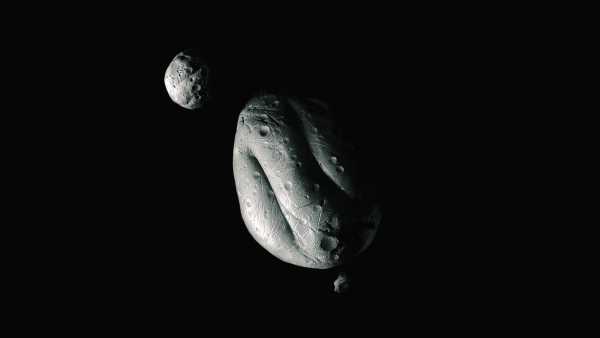
Earth could have at least six 'mini-moons' at any given time. Where do they come from?

Uranus Has a New Hidden Moon Discovered by the James Webb Space Telescope
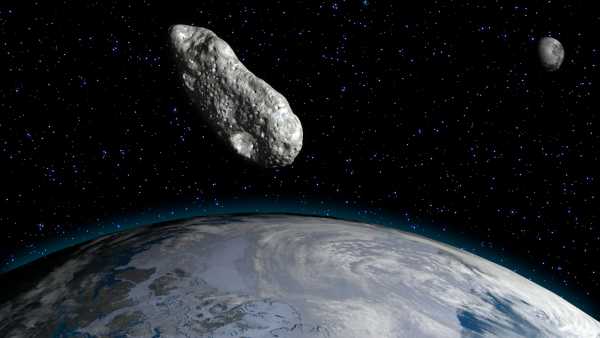
A newly discovered bus-sized asteroid will fly past Earth today and will not return for exactly 100 years.
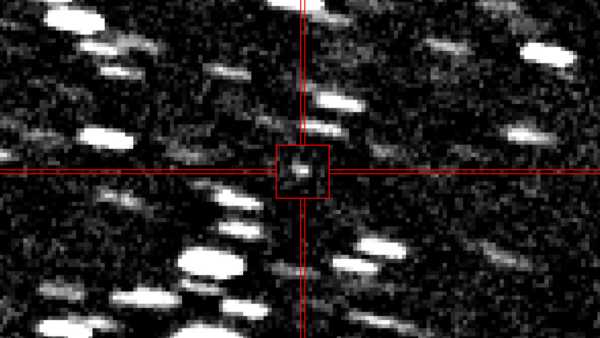
Astronomers have discovered a potential 'interstellar visitor' flying through the solar system towards Earth.
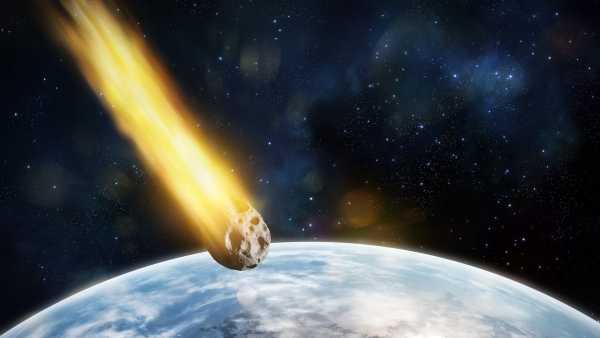
James Webb Telescope Raises Odds 'City Killer' Asteroid 2024 YR4 Will Hit Moon in 2032
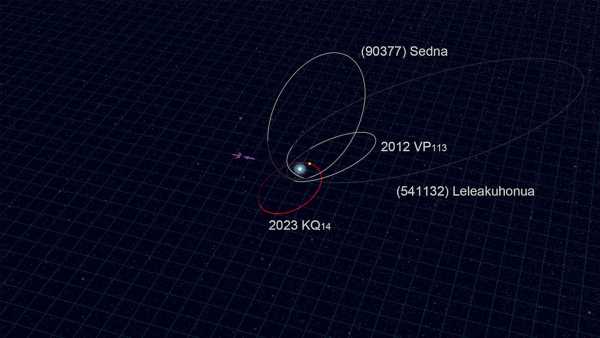
New Dwarf Planet 'Ammonite' Could Upend Planet Nine's Existence
Latest Astronomy News
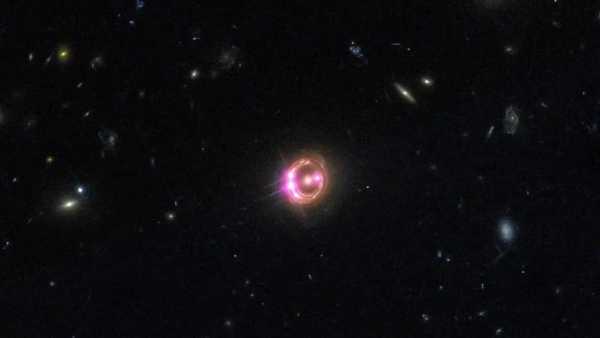
Astronomers use rare 'double zoom' to see black hole's corona in unprecedented detail
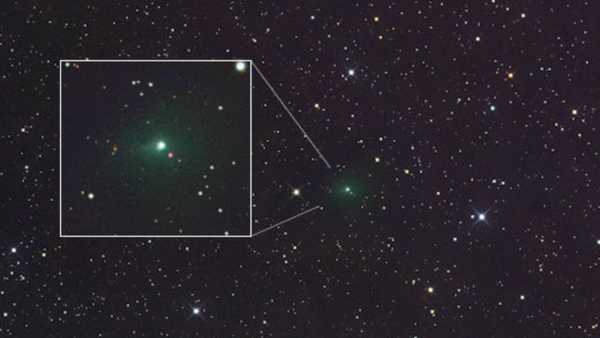
Stunning new photos show interstellar comet 3I/ATLAS may be turning bright green
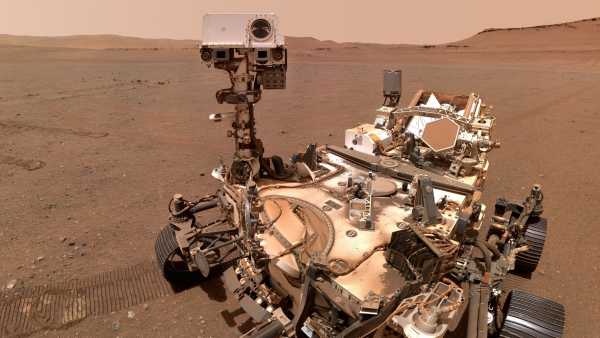
'Incredibly exciting': NASA claims to have found 'clearest sign' of past life on Mars
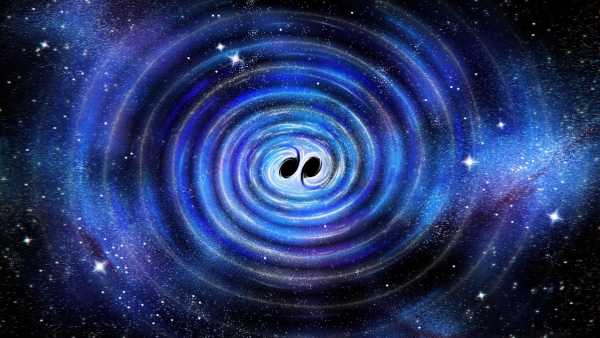
Confirmed! Merging black holes confirms Stephen Hawking's theory.
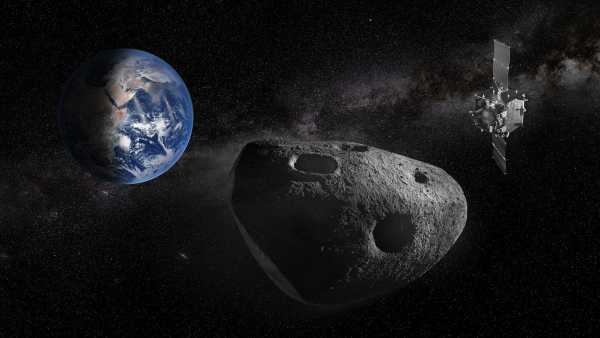
Asteroid Apophis flyby will be a 'once in a millennium' opportunity for skywatchers and scientists
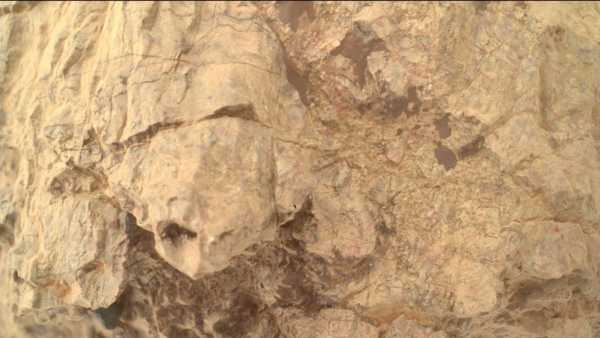
NASA Discovers Strange 'Turtle' on Mars
Latest news

Have you gotten the COVID vaccine this year?
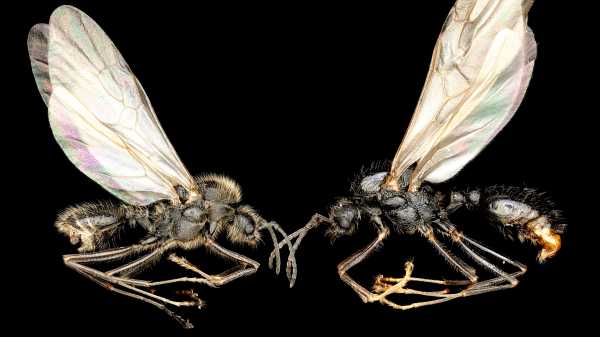
'Almost like science fiction': European ant is the first known animal to clone members of another species.
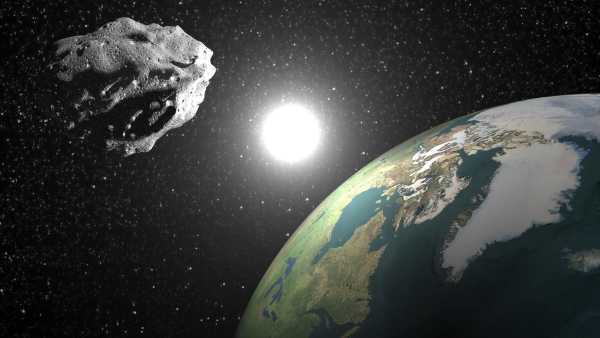
New 'quasi-moon' discovered in near-Earth orbit that may have been hidden there for decades
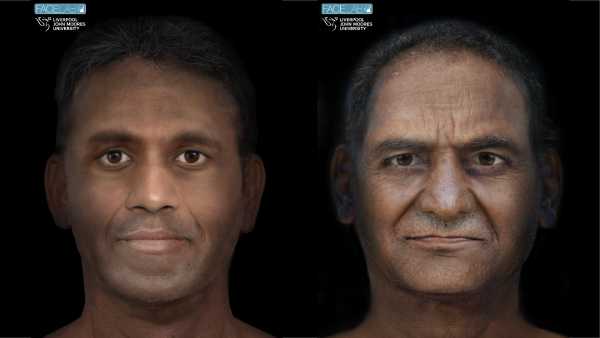
New reconstructions reveal the piercing eyes of people who lived 2,500 years ago in a mysterious Indian civilisation.

An innovative drug for the treatment of cystic fibrosis that extends life by decades has earned its developers an “American Nobel Prize” of $250,000.
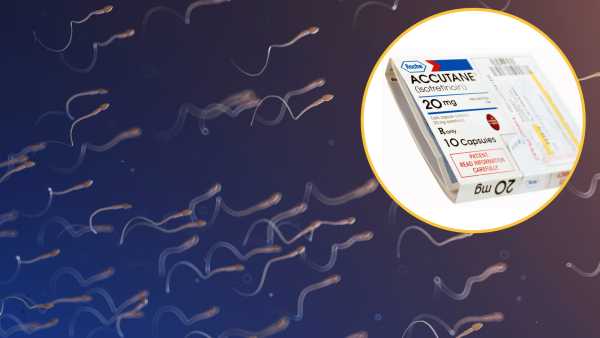
Acne drug Accutane may restore sperm production in infertile men, first study suggests
LATEST ARTICLES

1Have you gotten the COVID vaccine this year?
Live Science is part of Future US Inc., an international media group and leading digital publisher. Visit our corporate website.
- About Us
- Contact Future experts
- Terms and Conditions
- Privacy Policy
- Cookie Policy
- Accessibility Statement
- Advertise with us
- Web Notifications
- Career
- Editorial Standards
- How to present history to us
© Future US, Inc. Full 7th Floor, 130 West 42nd Street, New York, NY 10036.
var dfp_config = { “site_platform”: “vanilla”, “keywords”: “type-news-daily,serversidehawk,videoarticle,van-enable-adviser-
Sourse: www.livescience.com



